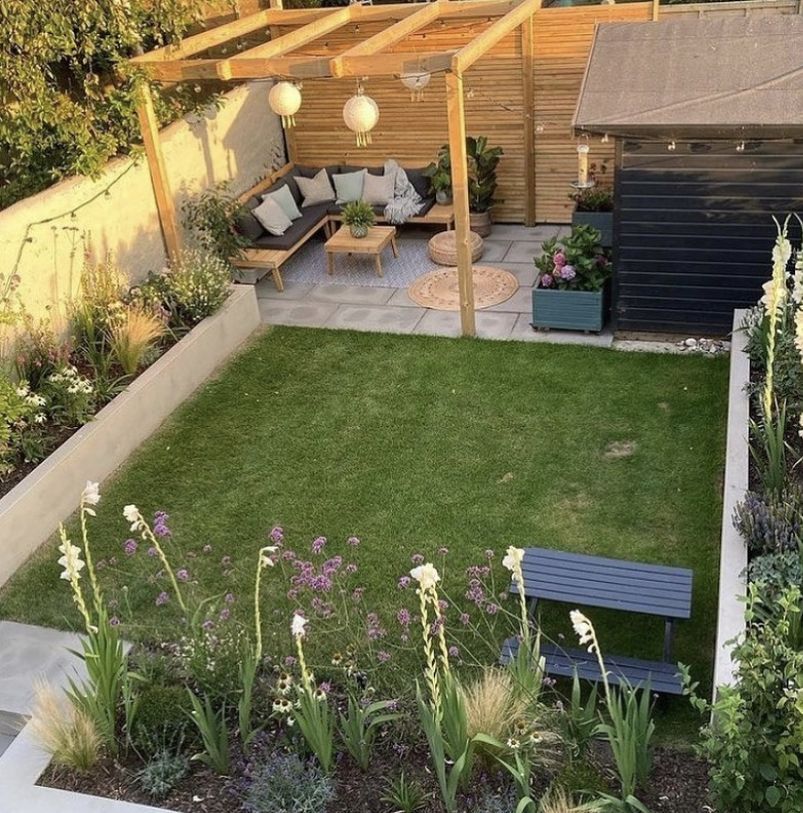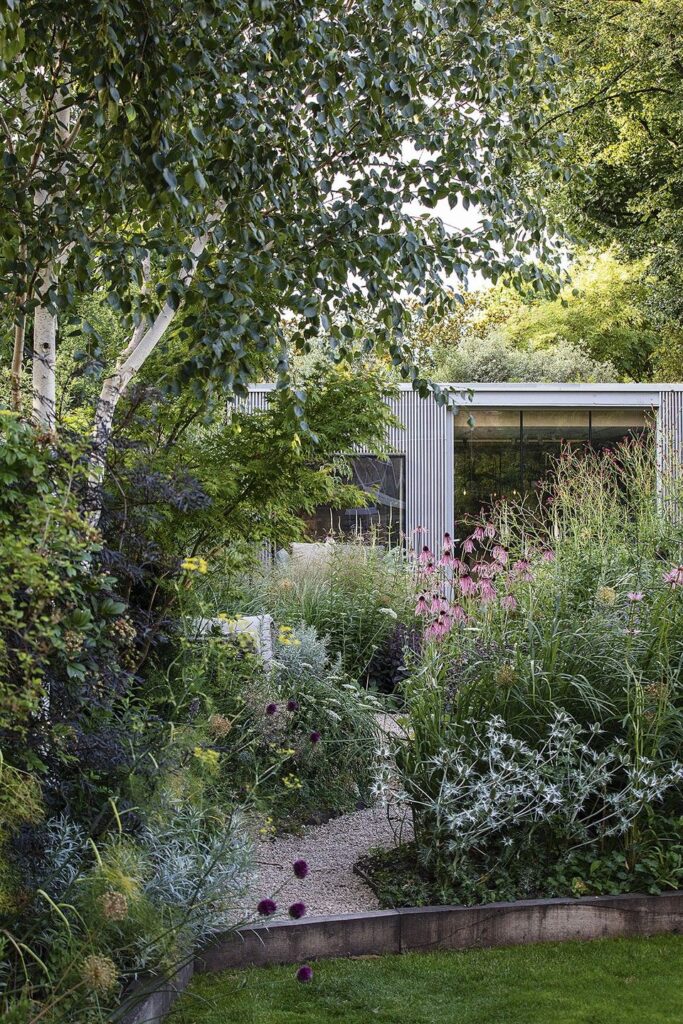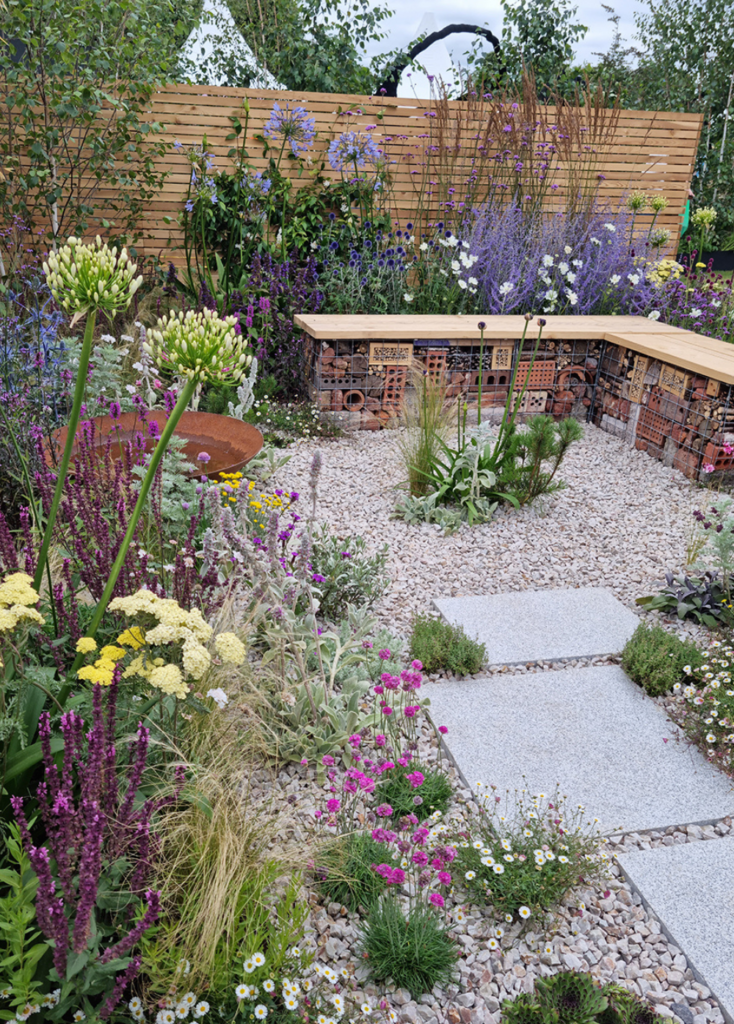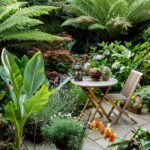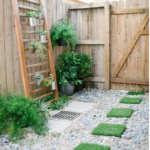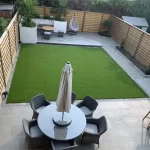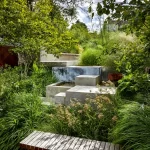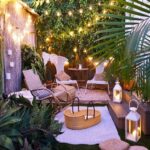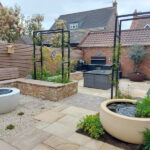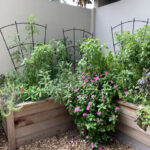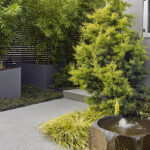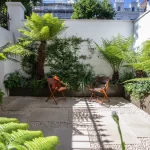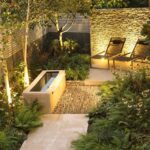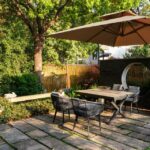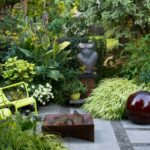When it comes to designing a small garden, less is often more. With limited space, every element must be carefully thought out to ensure that the garden remains functional and visually appealing. One strategy for small garden design is to create distinct areas within the space. This can be achieved by using different materials, such as gravel, decking, or paving stones, to delineate various zones for dining, lounging, or planting.
Another important consideration in small garden design is maximizing vertical space. By utilizing walls, fences, or trellises for climbing plants or vertical gardens, you can make the most of limited square footage. Hanging planters, wall-mounted shelves, and tall planters are also great options for adding greenery without taking up valuable floor space. Additionally, incorporating mirrors into the design can create the illusion of a larger space by reflecting light and greenery.
When it comes to selecting plants for a small garden, it’s essential to choose species that are well-suited to the size and conditions of the space. Opt for dwarf or compact varieties of plants and trees, as well as low-maintenance options that won’t overwhelm the garden. Mixing different textures and heights of plants can also add interest and depth to a small garden. Consider incorporating edible plants, herbs, or fruit trees to make the most of the space while also providing a practical benefit.
Incorporating seating into a small garden design is key for creating a functional outdoor space. Opt for foldable or stackable furniture that can be easily stored when not in use, or built-in seating features that can double as storage. Selecting lightweight or transparent furniture can also help create a sense of openness and airiness in a small garden. Additionally, adding weather-resistant cushions, throw pillows, and rugs can make the space feel cozy and inviting.
Lighting is an important element in small garden design, as it can extend the usability of the space into the evening hours. Consider incorporating a mix of ambient, task, and accent lighting to highlight key features and create a warm atmosphere. Solar-powered lights, string lights, and lanterns can provide a soft glow without the need for electrical wiring. Pathway lighting and uplighting can also help guide the eye through the garden and create a sense of depth and movement.
Finally, incorporating elements of personal style and creativity into a small garden design can make the space feel truly unique and inviting. Consider adding art pieces, sculptures, or decorative accents that reflect your personality and taste. Experiment with bold colors, patterns, and textures to add visual interest to the space. By thoughtfully combining these elements, you can create a small garden that is both functional and beautiful, providing a peaceful retreat in the midst of urban living.
